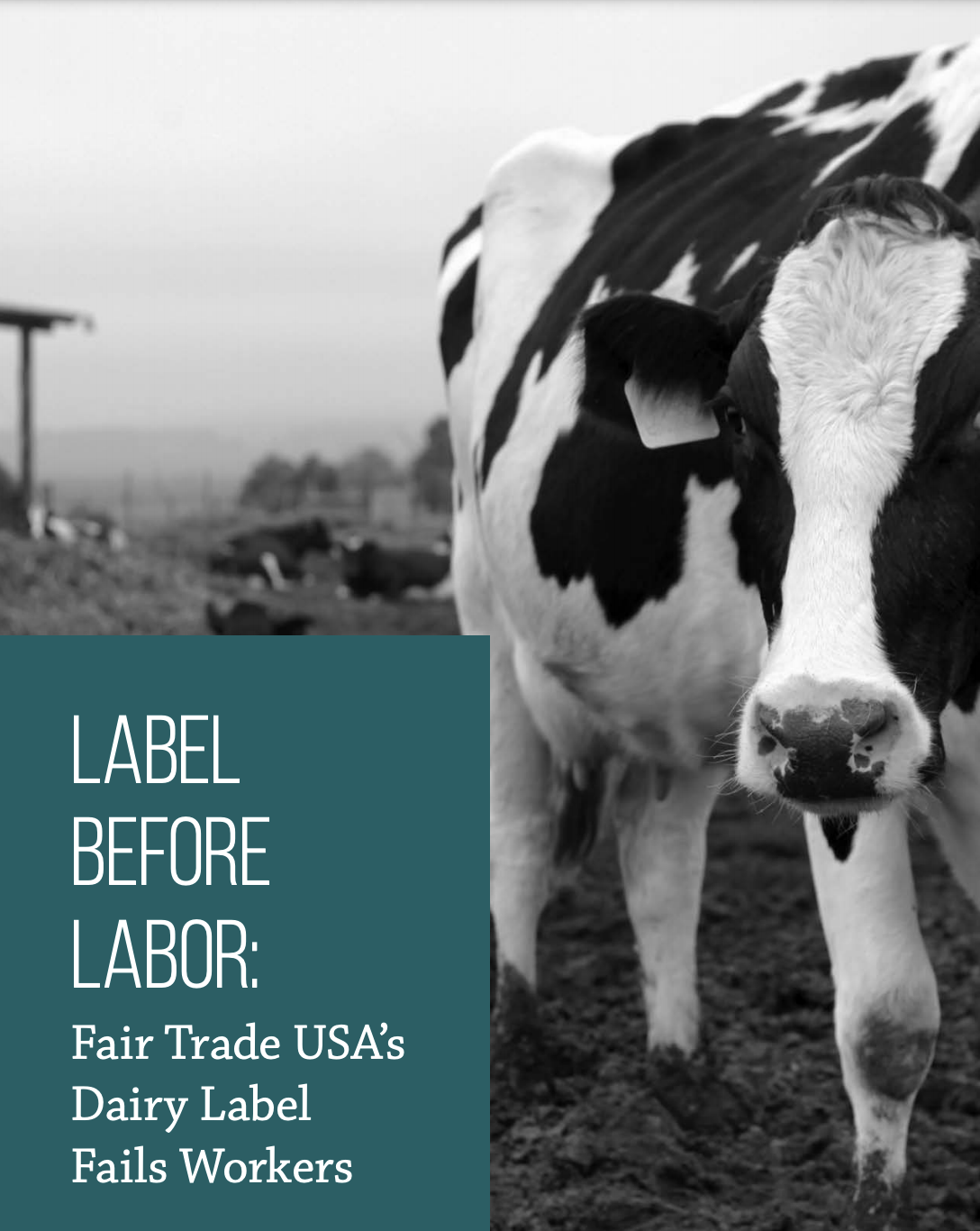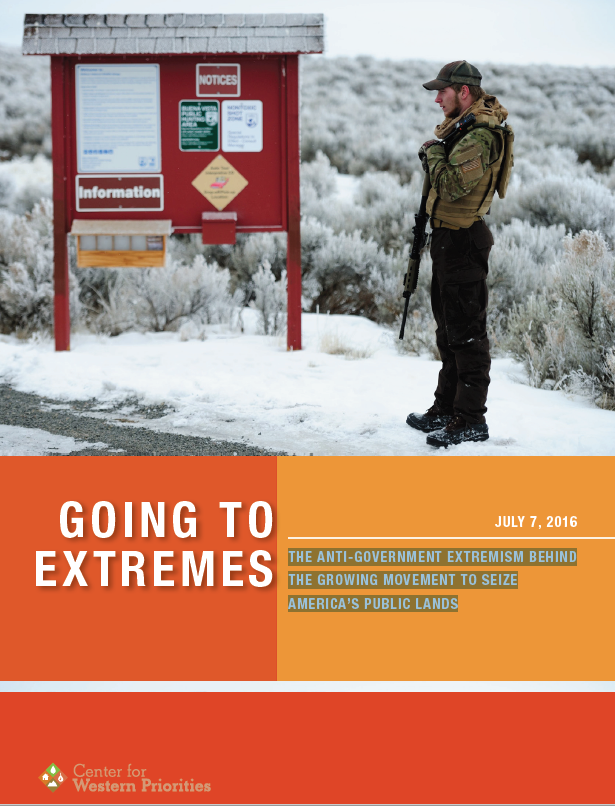By Brian Skiffington - Labor Notes, July 28, 2017
 A beloved 53-year old miner named Larry Marek was killed on the job at the Lucky Friday mine in Mullan, Idaho just a few years back. Steelworkers Local 5114 had been warning the company about the stability of a certain area called a stope. Management had Marek mine out the last piece of earth supporting the cavern for the ore it contained and the roof collapsed.
A beloved 53-year old miner named Larry Marek was killed on the job at the Lucky Friday mine in Mullan, Idaho just a few years back. Steelworkers Local 5114 had been warning the company about the stability of a certain area called a stope. Management had Marek mine out the last piece of earth supporting the cavern for the ore it contained and the roof collapsed.
The consensus is that company greed for profit killed Larry Marek when the ceiling caved in. Now his picture stands on the 24-hour picket line in front of the mine, as 250 miners enter their fifth month on strike.
WHAT’S THE DEAL?
Rick Norman, known as “Redman,” is one of the striking silver miners in the Silver Valley, a stretch of small but proud mining towns along I-90 in the northern Idaho panhandle. He says the terms that Hecla Mining imposed on workers in March radically changes almost every aspect of their daily lives. The company wants to:
- Eliminate the bid system, a longstanding union procedure in which senior union members put together crews and bid on various jobs in the mine
- Reduce call-back protections in the event of a mine closure or layoff from three years to three months
- Pass large insurance costs on to workers
- Eliminate workers’ ability to bank vacation time, which many use to transition into retirement early
“The bid system is everything,” Redman tells me. “It’s about control.” Workers speculate that the company wants to control job assignments so that they can make old-timers do the backbreaking labor they did 30 years prior, pressuring them to quit and leave the industry. At stake are years of experience, trust, safety, and opportunities for younger workers to learn the job from senior members.
Trust is critical six thousand feet beneath the earth's surface, in confined spaces with rock temperatures near 110 degrees and with unpredictable movements of the earth. “It’s about the right to work with guys that have the training and know the safety,” Redman says.
Idaho is a right-to-work state, so a key component of organizing new workers into the union is convincing them that they have to join if a senior member is going to pick them through the bid system. Ninety-six percent of the bargaining unit is in the union.
The hard-rock mining industry is fickle. Downturns in markets, catastrophes, environmental protections, and many other factors can open and close mines at the drop of a dime. A three-year call-back is critical for any sort of stability for a mining family.
Redman and his fellow strikers paint a picture of a company that used to care about workers and their community. Upper management knew everyone by name and would sit down with you if you were having a problem. “Their office was in Wallace [a 10-minute drive from the mine] and any miner could walk right in and shake their hand,” Redman says. “Sure, there were problems, but we knew we needed each other.”
Several strikers said Hecla used to give workers interest-free home loans. Now, miners say the company seems willing to sacrifice its workforce, the community, and anyone that gets in its way to appease shareholders and generate profit. This strike, the first since 1981, only scratches the surface of the disbelief and frustration this union feels.
Local 5114 has been without a contract since March 2016. When Hecla began implementing its “last, best, and final” offer in March 2017, the union declared an unfair labor practice strike.
Miners contend that management never intended to negotiate at all, and was just buying time while outside contractors finished a critical project. Some speculate that the company intended to force a strike all along. Under labor law, the company cannot permanently replace unfair labor practice strikers. Hecla has not attempted to bring in strikebreakers, though some maintenance and contracting work has continued in the mine and the mill. Rumors abound that management could begin blasting at a slow pace.





 Fair Trade USA released a new “Fair Trade Dairy” label in partnership with Chobani. It’s a program that has been opposed by farmworker and human rights organizations since it was first announced. Now that there is yogurt on the shelf, but still no final standard released, this report looks at the label claims and evaluates “Fair Trade Dairy” based on the available standards.
Fair Trade USA released a new “Fair Trade Dairy” label in partnership with Chobani. It’s a program that has been opposed by farmworker and human rights organizations since it was first announced. Now that there is yogurt on the shelf, but still no final standard released, this report looks at the label claims and evaluates “Fair Trade Dairy” based on the available standards. AS A fire raged through Oregon's Eagle Creek last week and workers struggled to save people stranded in the popular hiking destination, the media were busy placing blame on anyone they could--including a 15-year-old boy--rather than the conditions that laid the basis for the devastation.
AS A fire raged through Oregon's Eagle Creek last week and workers struggled to save people stranded in the popular hiking destination, the media were busy placing blame on anyone they could--including a 15-year-old boy--rather than the conditions that laid the basis for the devastation. A beloved 53-year old miner named Larry Marek was killed on the job at the Lucky Friday mine in Mullan, Idaho just a few years back. Steelworkers Local 5114 had been warning the company about the stability of a certain area called a stope. Management had Marek mine out the last piece of earth supporting the cavern for the ore it contained and the roof collapsed.
A beloved 53-year old miner named Larry Marek was killed on the job at the Lucky Friday mine in Mullan, Idaho just a few years back. Steelworkers Local 5114 had been warning the company about the stability of a certain area called a stope. Management had Marek mine out the last piece of earth supporting the cavern for the ore it contained and the roof collapsed. The 2016 armed standoff at the Malheur National Wildlife Refuge in Oregon provided the American public with a ringside seat to a disturbing trend on U.S. public lands: extremist and militia groups using America’s national forests, parks, monuments, and wildlife refuges to advance their anti-government beliefs.
The 2016 armed standoff at the Malheur National Wildlife Refuge in Oregon provided the American public with a ringside seat to a disturbing trend on U.S. public lands: extremist and militia groups using America’s national forests, parks, monuments, and wildlife refuges to advance their anti-government beliefs.